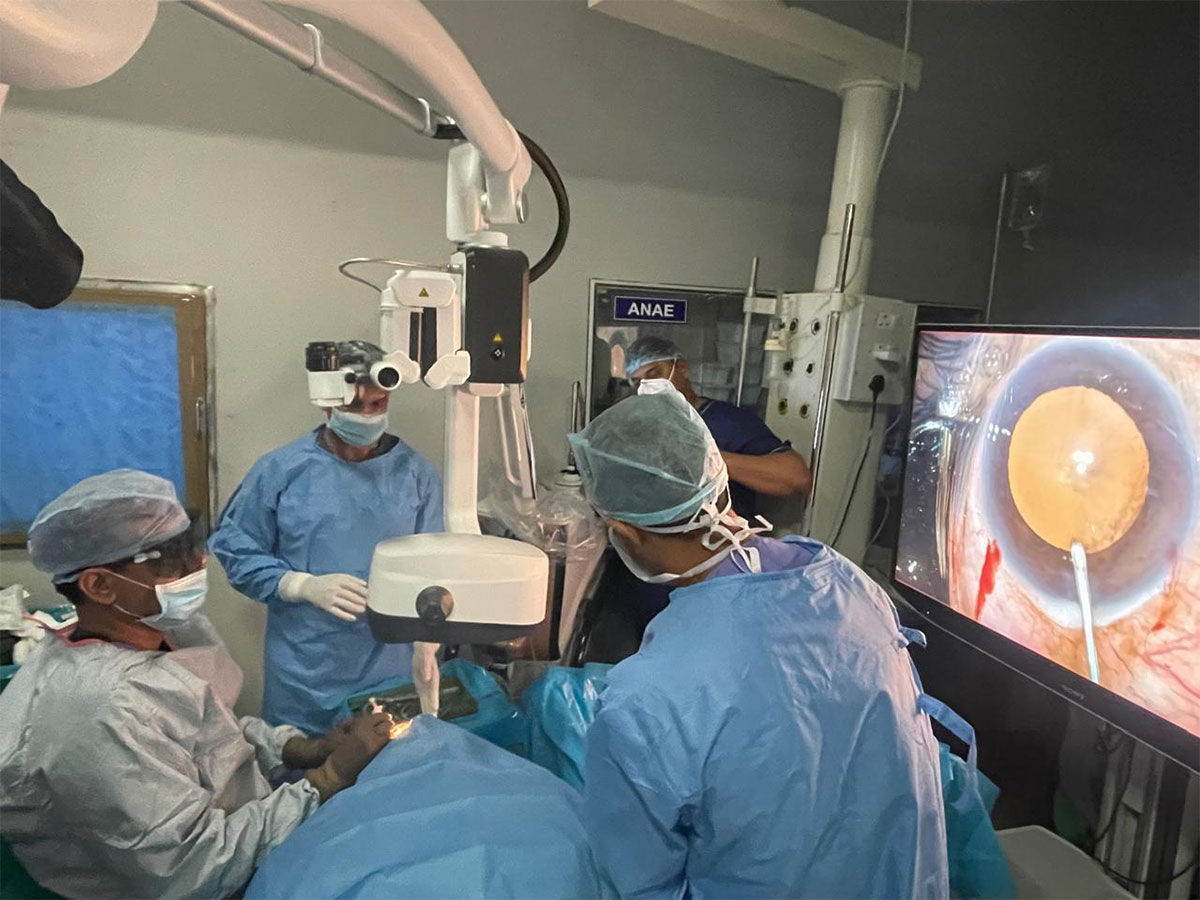Innovative Magnetic Technique Revives Indian Patient with Complex Bile Duct Injury
A novel magnetic compression anastomosis method saved a 45-year-old Indian man from bile duct complications after cholecystectomy. Led by Prof Anil Arora, a Delhi hospital's cross-disciplinary team utilized this minimally invasive approach, showcasing potential for future medical applications and emphasizing innovation in India's healthcare landscape.

- Country:
- India
A groundbreaking procedure has saved a 45-year-old man in India suffering from complicated bile duct issues following gallbladder surgery. After years of ineffective treatments, a team of specialists employed a novel magnetic compression anastomosis technique at a private Delhi hospital, marking a significant milestone in minimally invasive medical interventions.
The multidisciplinary team, headed by Prof Anil Arora, collaborated with medical experts including Dr Sanjay Rajput and Dr Milan Jolapara. By employing specially designed magnets to realign the injured bile duct, they provided a new channel for bile drainage, offering a less invasive solution compared to conventional surgery. This innovation marks a promising advancement in treatment options for such complex biliary injuries.
Prof Arora explained how the magnets helped overcome a 1.5 cm gap in the bile duct, a challenge not addressable by standard endoscopic techniques. The patient, who had faced persistent complications since his 2020 surgery, expressed immense gratitude for the innovative treatment. This case underscores the success of cross-disciplinary medical collaboration and highlights the potential for broader applications of magnetic compression in the medical field.
(With inputs from agencies.)










